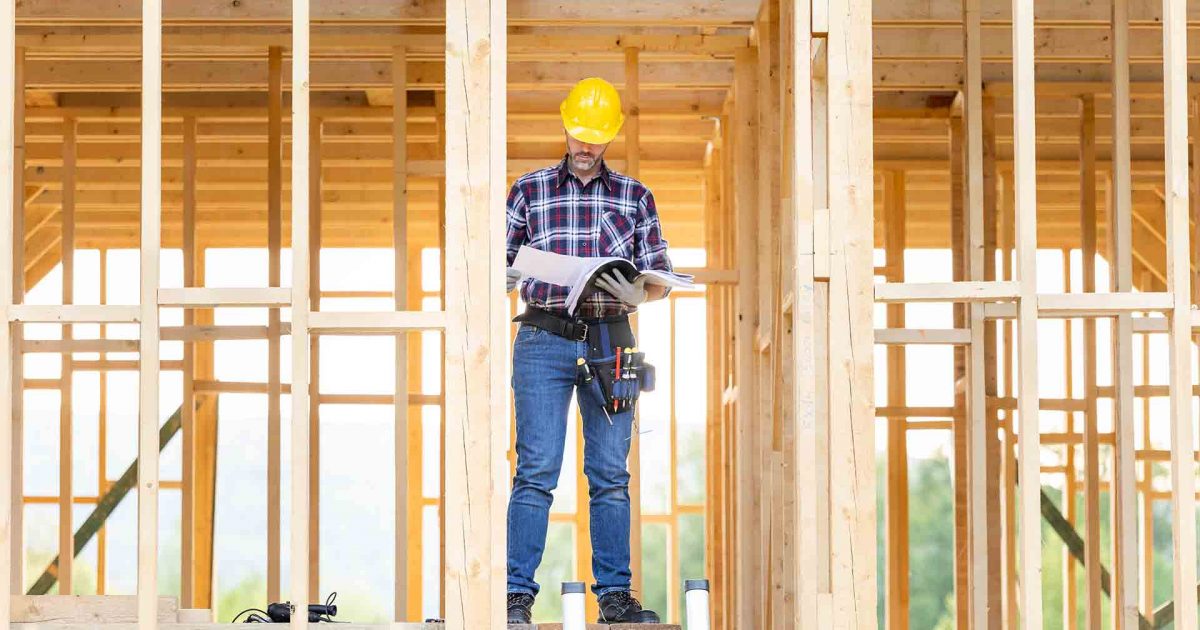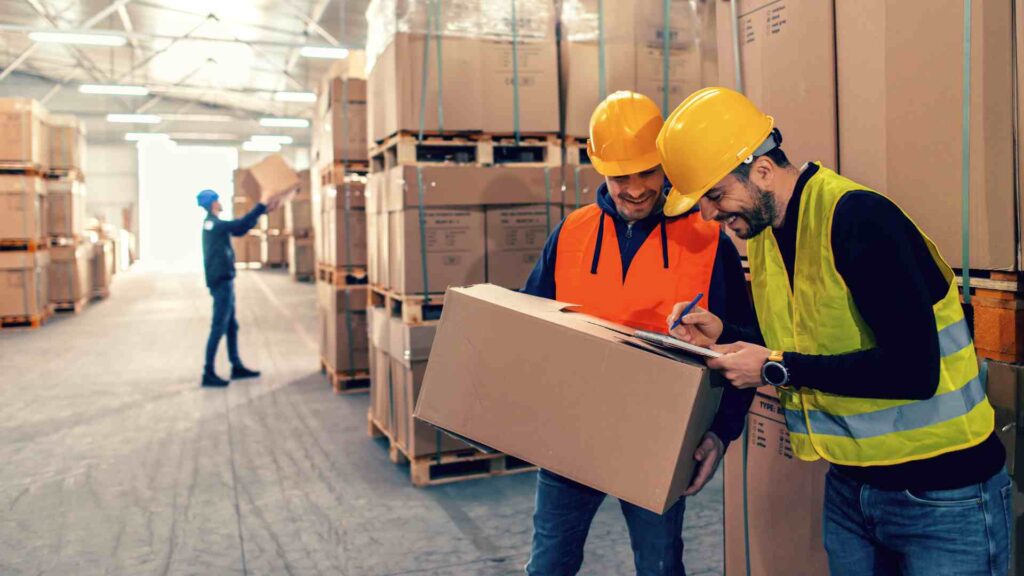Custom home builders are an incredible decision for families looking for a home that impeccably suits their one of a kind requirements, inclinations, and way of life. Not at all like buying a current property, custom-constructed homes permit families to plan each part of their residing space, guaranteeing that the end result is custom fitted explicitly to their longings. This degree of personalization is a significant benefit, particularly with regards to making a home that lines up with the unmistakable requirements of every relative. One of the most convincing motivations to pick a custom home builder is the valuable chance to have full command over the format and plan. From the quantity of rooms and restrooms to the kitchen design, custom home builders give the adaptability to oblige particular solicitations. For example, a developing family could need a bigger den or a home office, while a family with older guardians could require open highlights like wide foyers and a main room on the principal floor.

The capacity to customize the plan guarantees that the home addresses quick issues and adjusts to the family’s future prerequisites. Notwithstanding the plan, custom home builders frequently center on utilizing great materials and craftsmanship, which can bring about a more tough and energy-productive home. Families can pick eco-accommodating building materials, energy-productive windows, and protection, heritage home extensions & renovations melbourne which assist with lessening service bills and limit the home’s natural effect. Custom builders are additionally gifted in consolidating shrewd home advances, guaranteeing that your home is outfitted with present day frameworks that upgrade solace, security, and comfort. One more huge benefit is the inclusion and coordinated effort all through the whole building process.
With a custom builder, families can work intimately with the plan group, it is nicely arranged and executed to ensure that each detail. This involved methodology dodges the dissatisfactions of purchasing a home that may not address explicit issues or require costly redesigns. Also, custom home builders are many times more mindful of the client’s vision, offering creative answers for difficulties that might emerge during development. Custom-fabricated homes additionally can possibly increment in esteem after some time. Since they are planned with quality materials and scrupulousness, they will quite often be more appealing to future purchasers, particularly those searching for remarkable elements that cannot be tracked down in cutout advancements. This makes a custom home a sound long haul speculation for families who need a home that mirrors their character and way of life.




